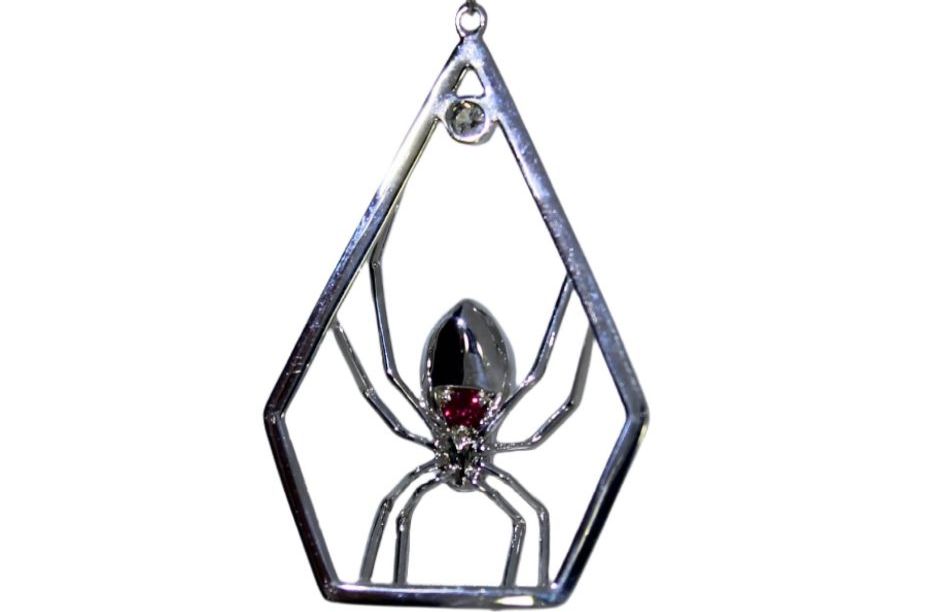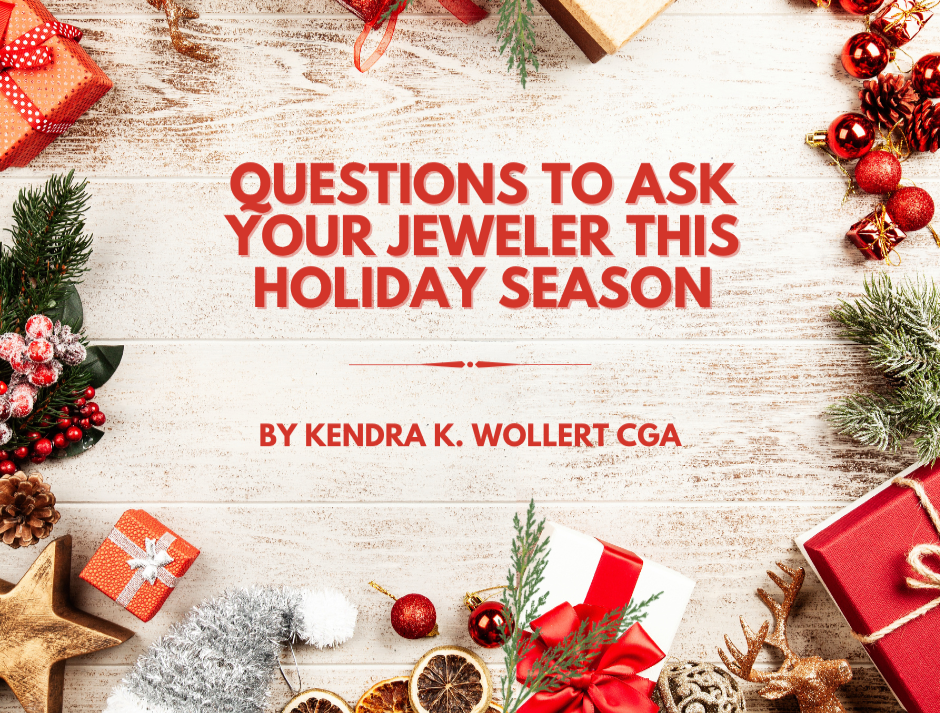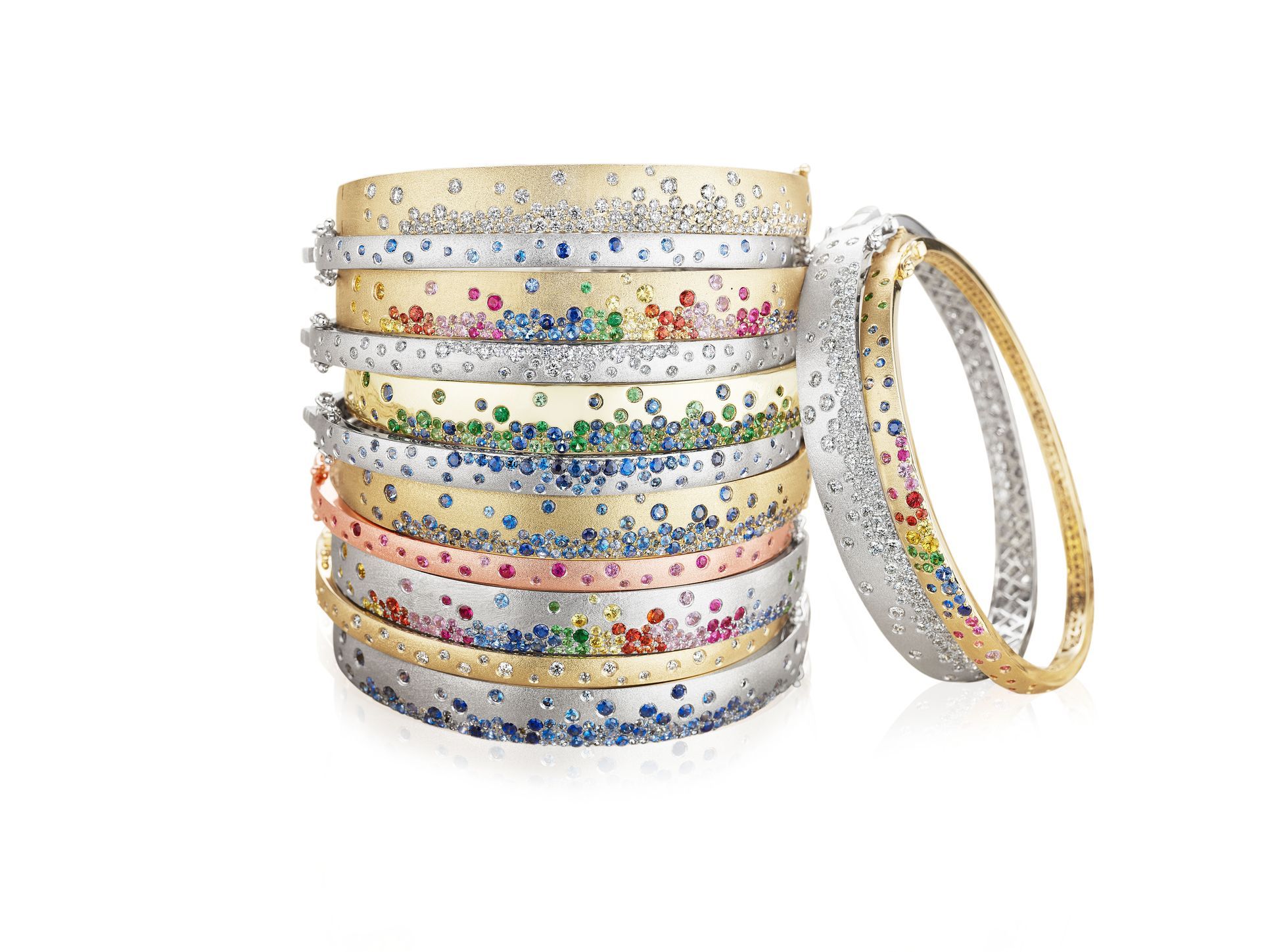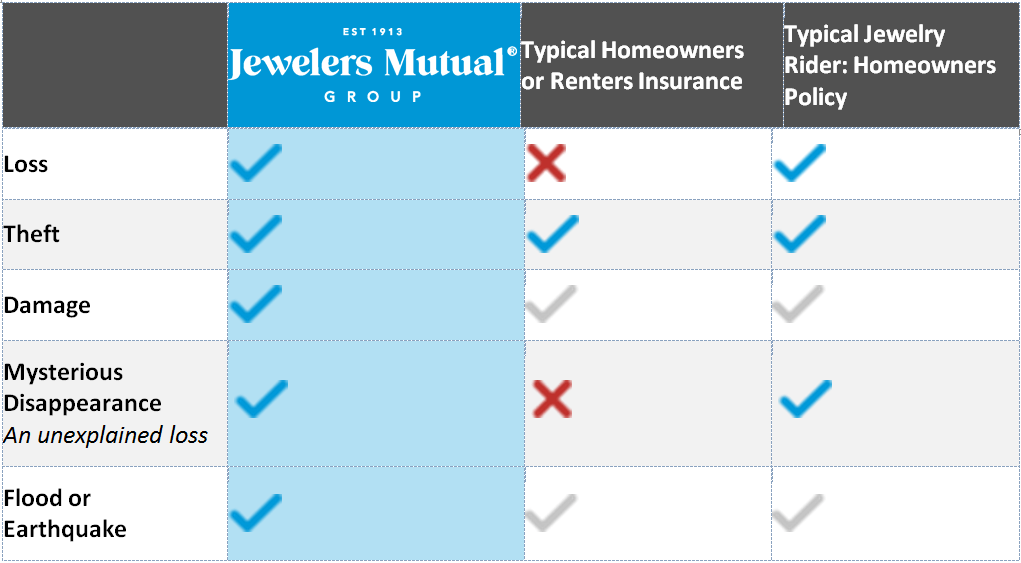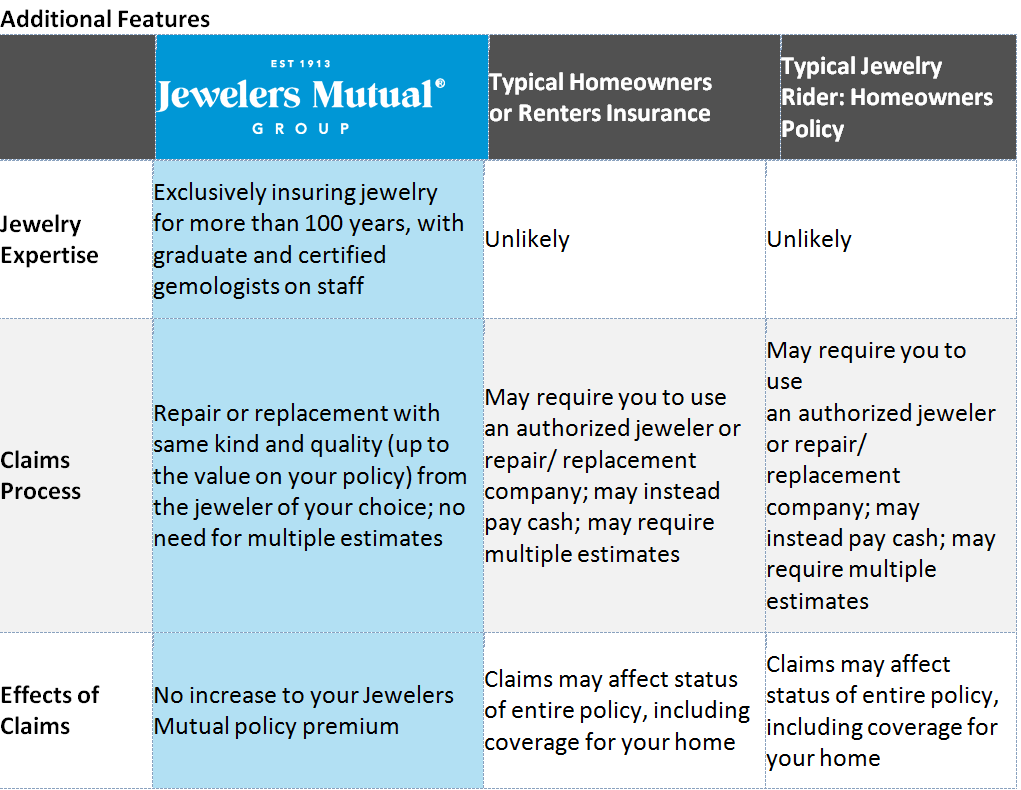Appraisal Basics
Many of us don’t worry about jewelry insurance until something bad happens. The recent, and continuing, forest fires on the west coast really hit home for many of us this year. The fact is, we are not out of the woods yet (pun intended) and have another month of fire season. How many people had level green, yellow, or red evacuation orders? How many were displaced after losing nearly everything? One displaced family is too many. Jewelry heirlooms are often some of the most important possessions. This blog is to discuss the ins and outs of properly insuring your jewelry for the unexpected as well as the expected.
There are two types of professional valuation services: one is an appraisal, and two is the Insurance Replacement Document.
The most common types of appraisals are Insurance, estate, donations, and liquidation. These values are researched using comparables and in specific markets.
• Estate - usually performed to value the estate of someone deceased in regard to taxes due to the Internal Revenue Service. A highly specialized service.
• Fair Market Value – Similar to Estate. This is often used to determine “what it’s worth.”
• Donations – This appraisal is done to account for income tax deductions.
• Liquidation – For someone who is trying to dispose of property in a short period of time.
• Insurance – The value of an item of like kind and quality in a retail or similar replacement environment. This appraisal is used for insurance.
The Insurance Replacement Document, or Statement of Replacement Cost, typically has a value written in the document based on the normal selling price for the item from the store where the item was purchased. Most people need this type of document for insurance policies. Generally this document will have a more detailed description of the jewelry for insurance replacement and, under most circumstances, will have a value of actual selling price of item. Be very wary of inflated “appraisal” values when issued by the seller of item.
What goes into an appraisal?
1. Item take-in procedure by employee.
a. Record customer information.
b. Determine purpose of appraisal with customer since the value assigned is determined by the type of appraisal and how the document will be used.
c. Record a description of each item and the state in which it was presented. Ex: Missing gems? Bent or thin shank? Abraded gems? Worn prongs? Any repair work that needs to be done should be done prior to the appraisal so the most up to date information is used for valuation.
d. Provide estimate for the services and a pick-up date.
2. Appraiser cleans the jewelry item to uncover the item’s natural beauty and for an accurate evaluation of gems. If any repairs are noted, now is the best time to do those, prior to the appraisal. Olufson Designs would call you to discuss this. Any repair work that needs to be done should be done prior to the appraisal, if possible, so the most up to date information is used for valuation.
3. Standard and advanced gemological equipment is used to determine type of gemstone and quality in addition to the appraiser’s education and experience. Olufson Designs has an AGS certified Gem Lab to ensure all gems are properly identified and evaluated.
4. The appraiser takes extensive notes on your item.
5. Appraiser determines value using comparables and market research.
6. Finally, the appraiser photographs item and types up the appraisal. Handwritten appraisals are not acceptable.
A reputable appraiser will have specific training to perform an accurate appraisal. This includes continuing education and staying up to date with the changes in the jewelry and gemstone markets. The two places to find names of appraisers by state are on the American Gem Society website as well as the National Association of Jewelry Appraisers website. There you will find Elisa Olufson, owner of Olufson Designs, a Certified Gemologist Appraiser since 2011. We do all our appraisals in-house and your jewelry items are stored in a safe when not being evaluated.
As of this writing on October 6, the price of gold is $1,914 per ounce, the highest gold has been since 2011. Due to this, it would be wise to have your jewelry reappraised in order to reflect current gold prices should you have a loss. Many jewelers would say to have your jewelry reappraised every few years due to market fluctuations. Some jewelry policies automatically increase your item’s value by a percentage each year to cover these fluctuations, yet because of the current high gold price, we would recommend reappraising it to insure at the correct price, not the possible price. Should you sustain a loss for whatever reason, you will have adequate coverage. Not all jewelry insurance policies have the same coverage, so do your due diligence. The company Jewelers Mutual, specializing in jewelry, would be a good company to compare your policy against. Another thing to keep in mind is the coverage difference between a policy specific to jewelry, compared to your homeowner’s policy, compared to a jewelry rider on your homeowners’ policy. Olufson Designs receives no kickbacks for customers who choose a Jewelers Mutual policy, scroll down to see these tables to help you see coverage possibilities.
https://www.jewelersmutual.com/the-jewelry-box/does-homeowners-insurance-cover-jewelry
Gail Moldovan-Trujillo, insurance agent for Hagan Hamilton, was interviewed and had these couple tips to consider:
• “Store jewelry you will not be wearing or seldom wear, in a bank safety deposit box.
• Take inventory of your jewelry with pictures and videos. If you need to evacuate, you will have access to your documented items on your phone.”
While Oregonians have risen to the occasion to help those affected by wildfires, donating essentials is helpful. Jewelry doesn’t fall under essential items, so insurance is important to have should a loss occur. We at Olufson Designs are thankful that a great percentage of people and pets were able to escape, and we mourn those who couldn’t.
American Gem Society, Professional Appraising (1999), Lesson Thirteen
https://www.jewelersmutual.com/jewelry-insurance-guide
https://www.jewelersmutual.com/the-jewelry-box/how-much-should-jewelry-appraisal-insurance-cost

